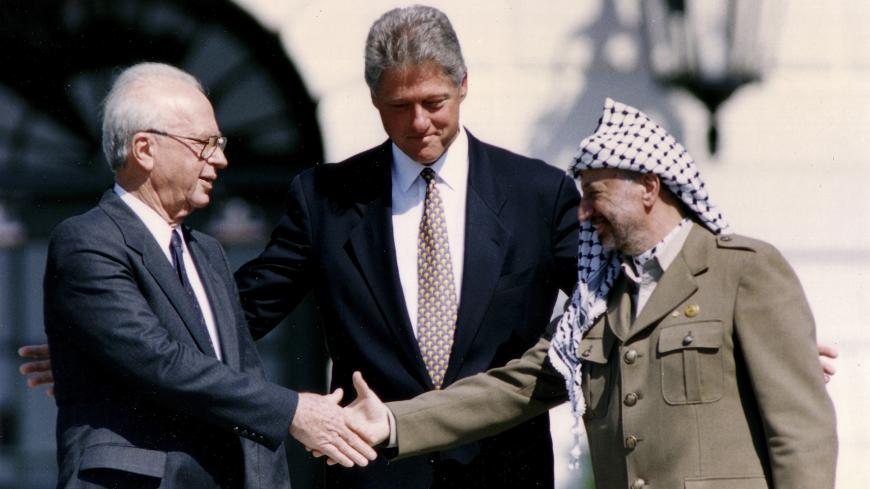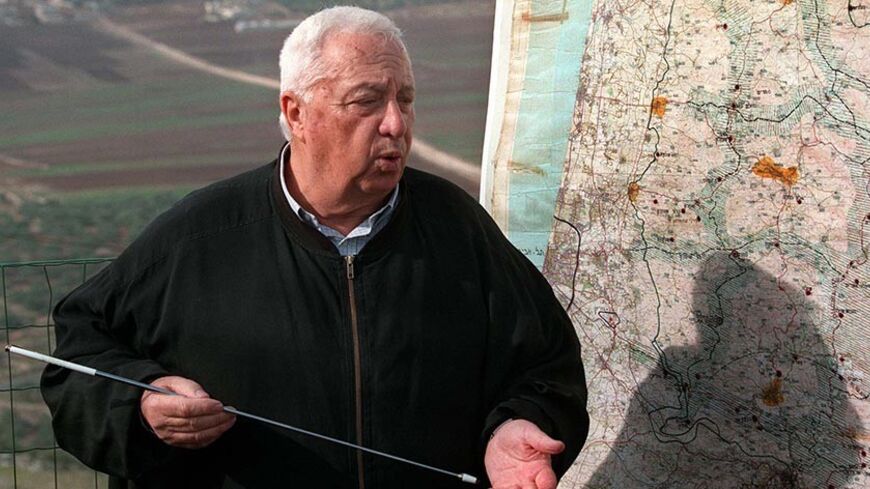Looking back on Oslo, 25 years later
Yossi Beilin, one of the authors of the Oslo Accords, offers seven insights into their achievements and their failures.

Exactly 25 years ago, on a hot day in Washington, the eyes of the world were trained on the White House lawn at a sight that was until then a wild fantasy: PLO leader Yasser Arafat and Israel’s Prime Minister Yitzhak Rabin shaking hands. With the sponsorship of the young leader of the free world, US President Bill Clinton, and their deputies Shimon Peres and Mahmoud Abbas, and they signed a statement of principles meant to bring about a historic peace agreement.
A quarter century later, most of the West Bank territory remains under the direct military control of Israel, the Palestinian cities are governed by a problematic independent administration and the scaffolds — the institutions created for the purposes of an interim agreement that was supposed to end in 1999 — still stand. The temporary has become permanent and the optimism that flourished in the first days after the secret process in Oslo and the agreement that grew out of it were revealed has turned sour. In the estimate of many supporters of the permanent-status solution, it is becoming less and less achievable.








